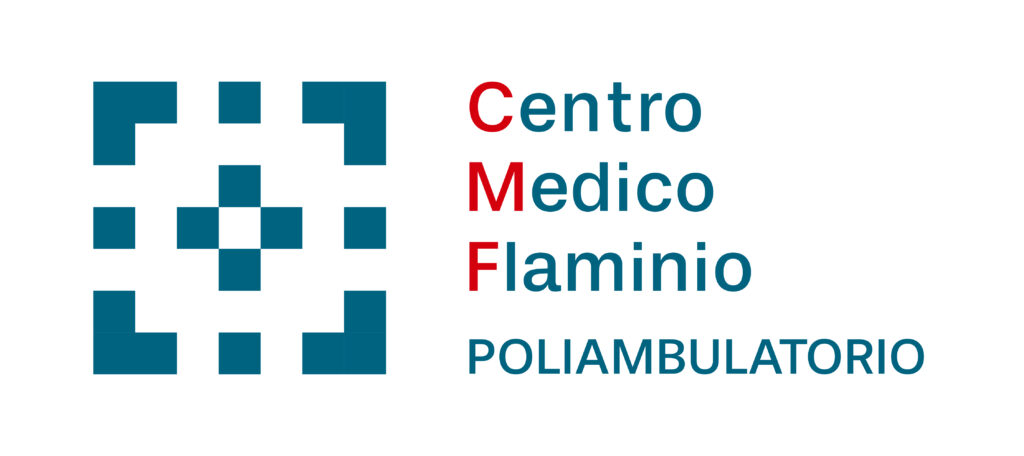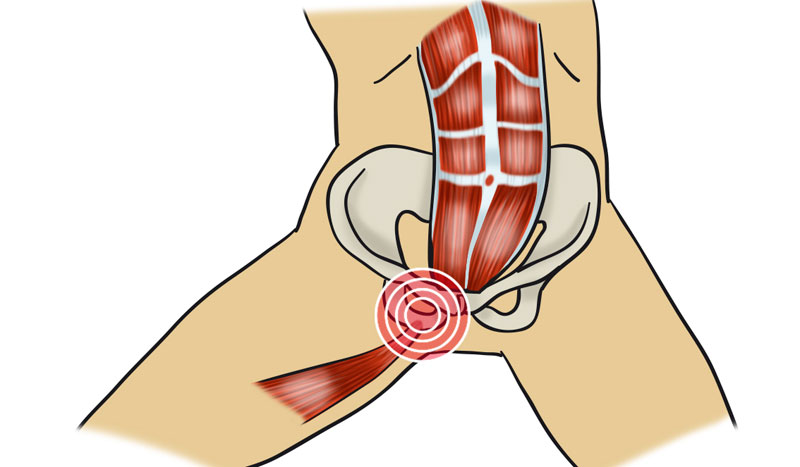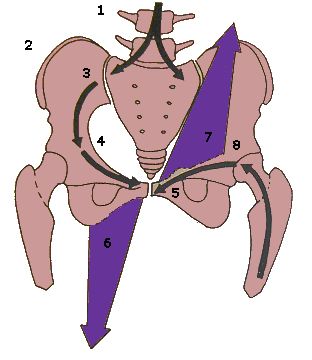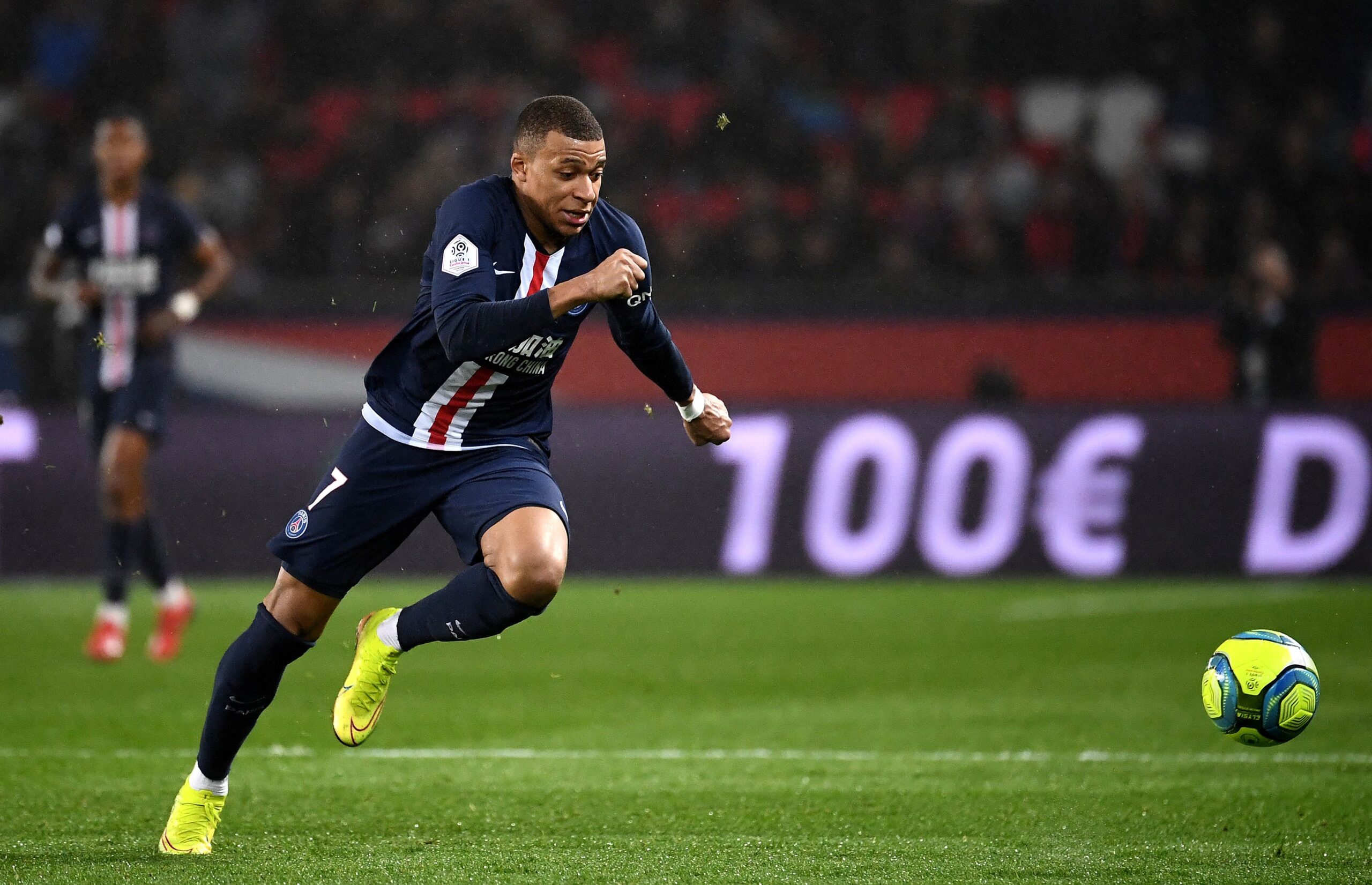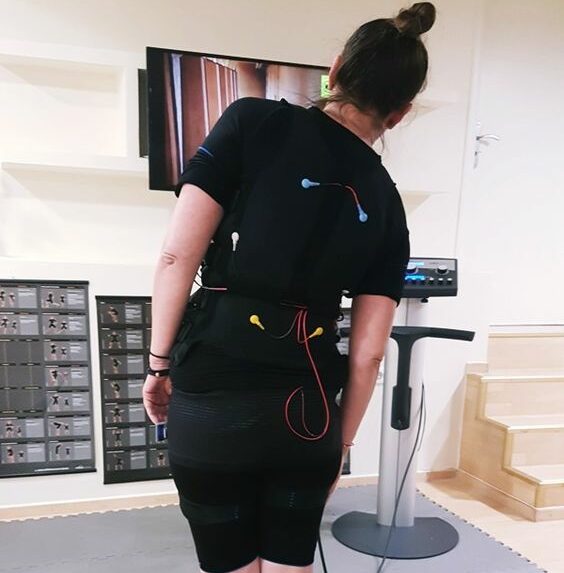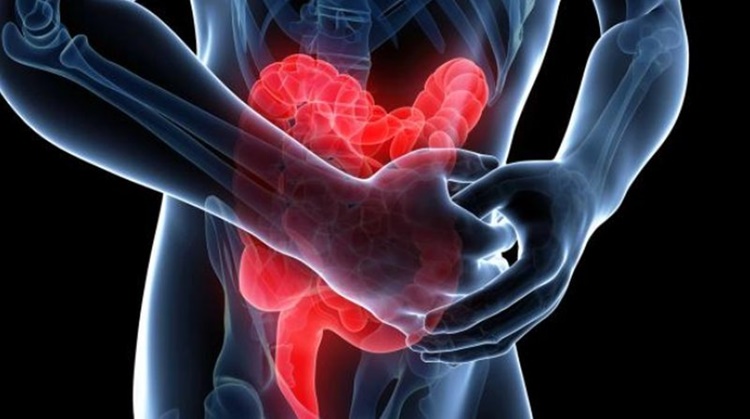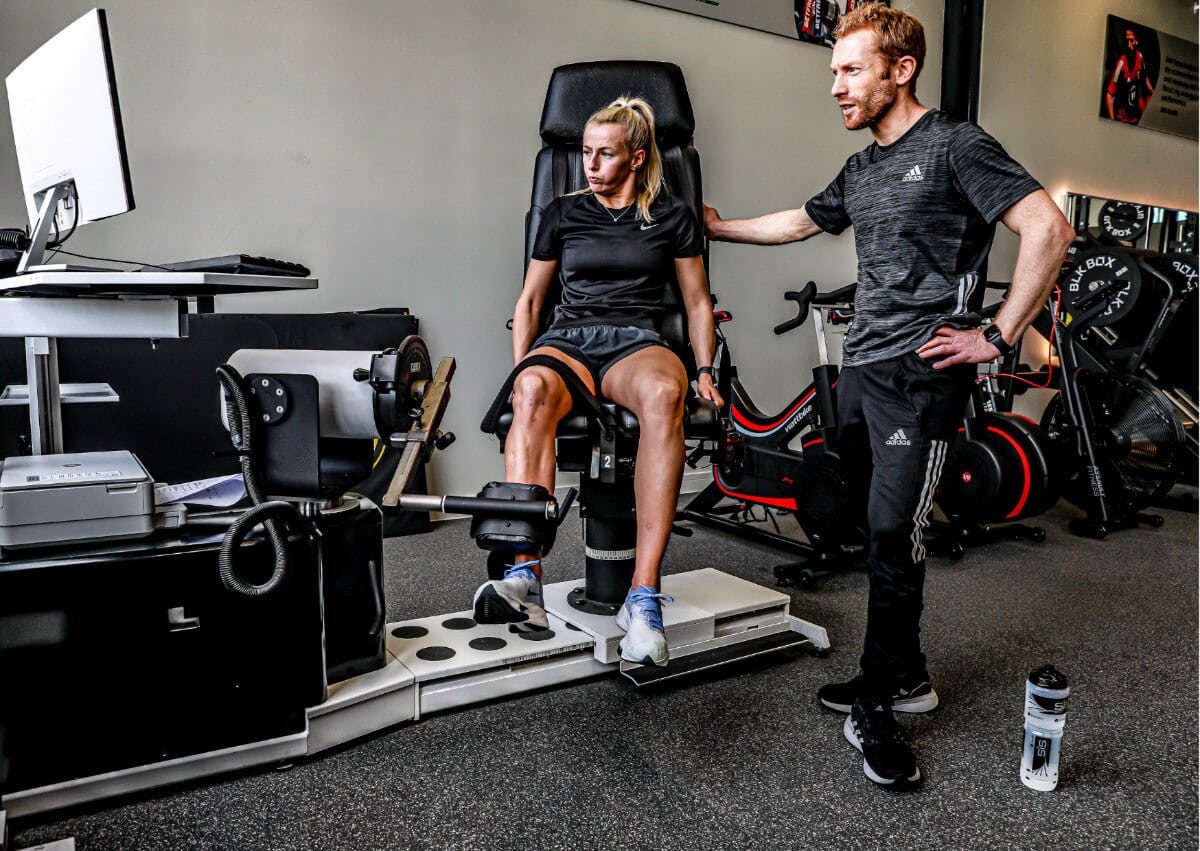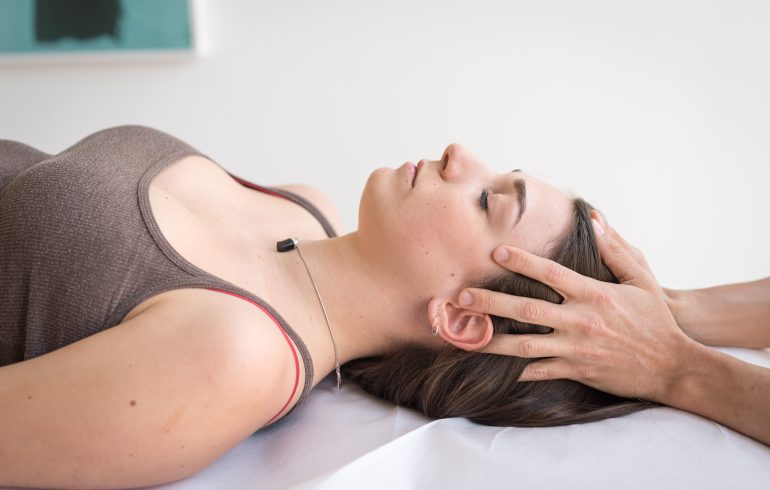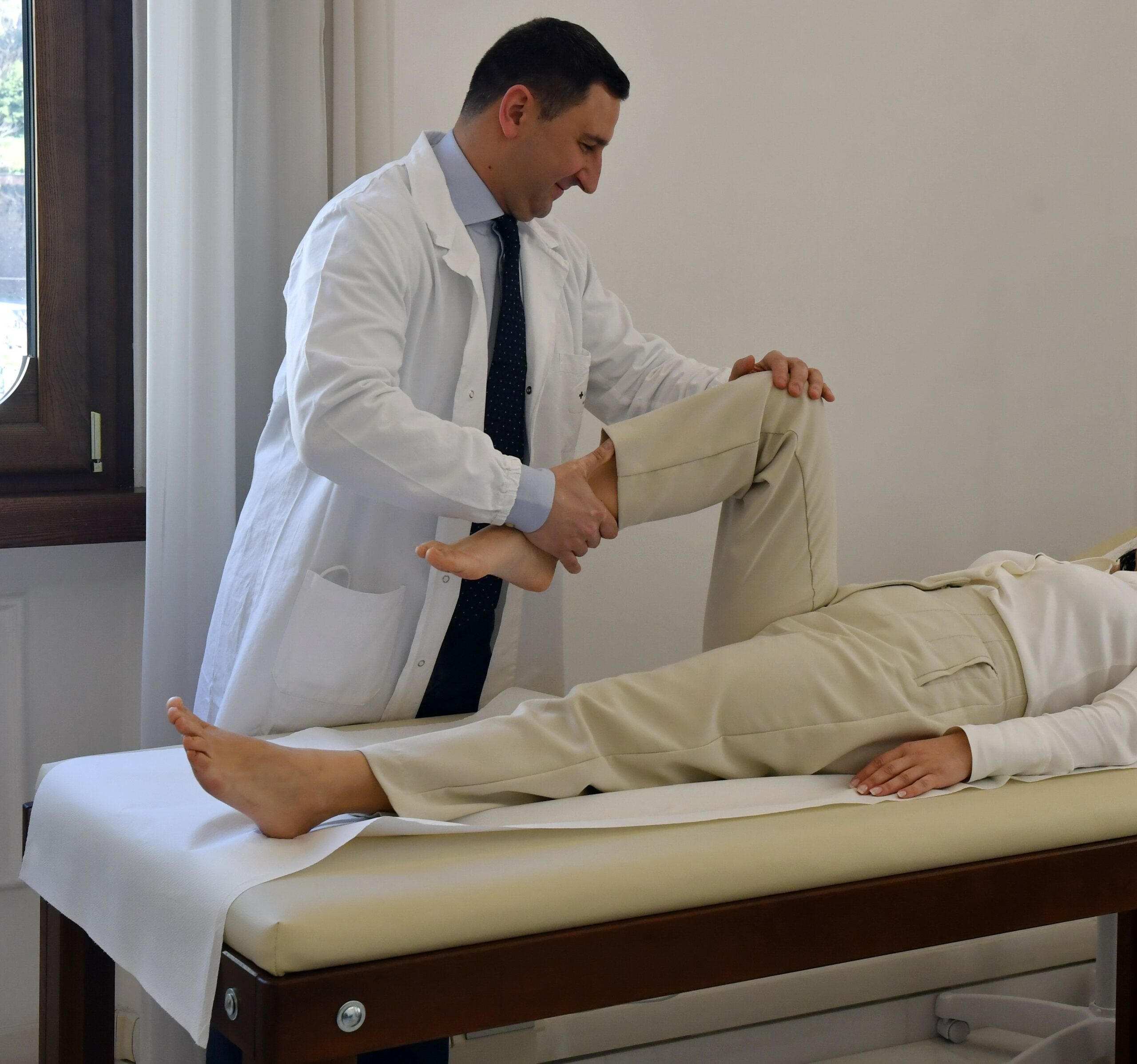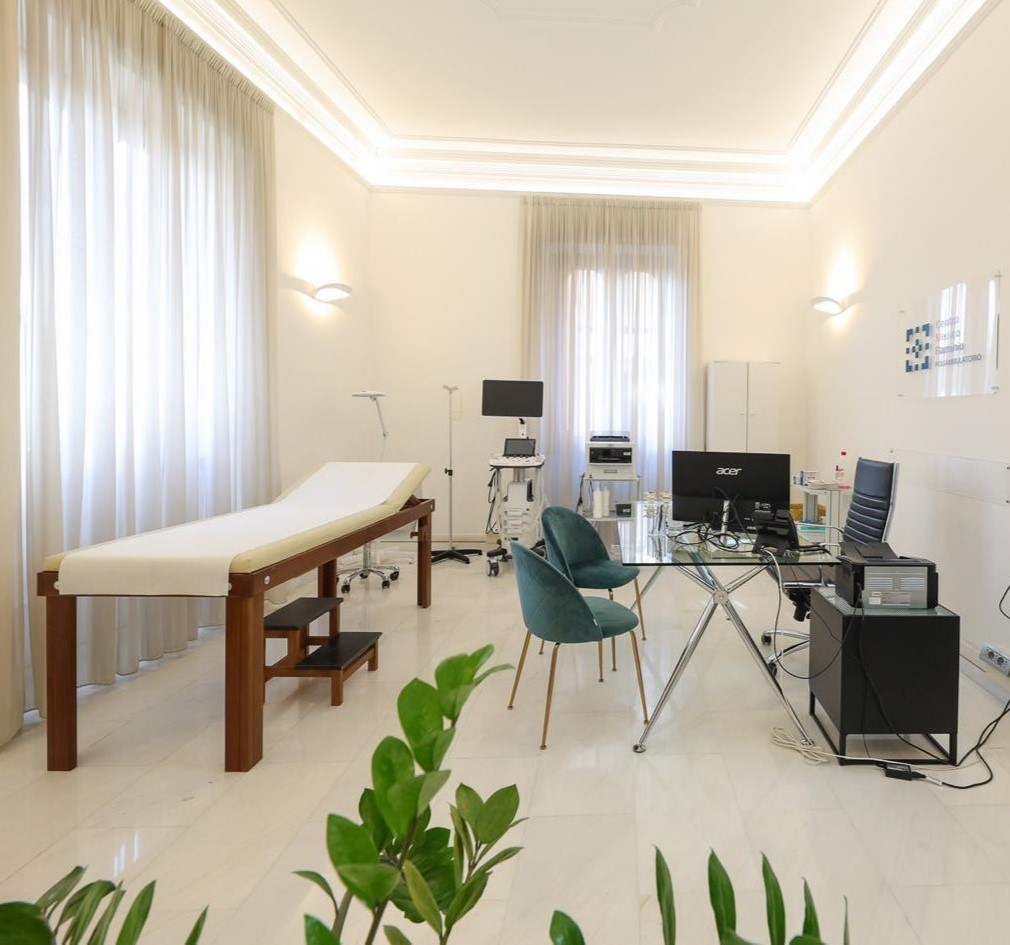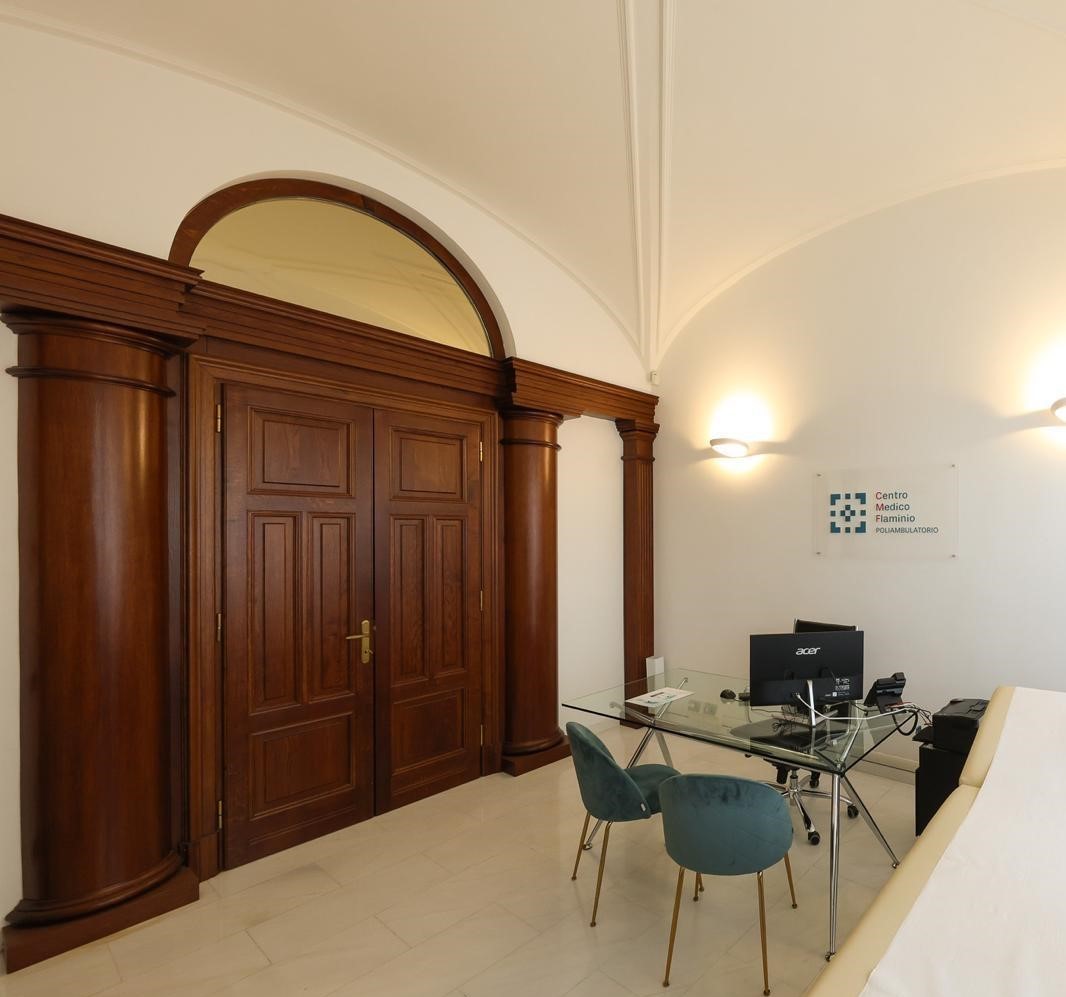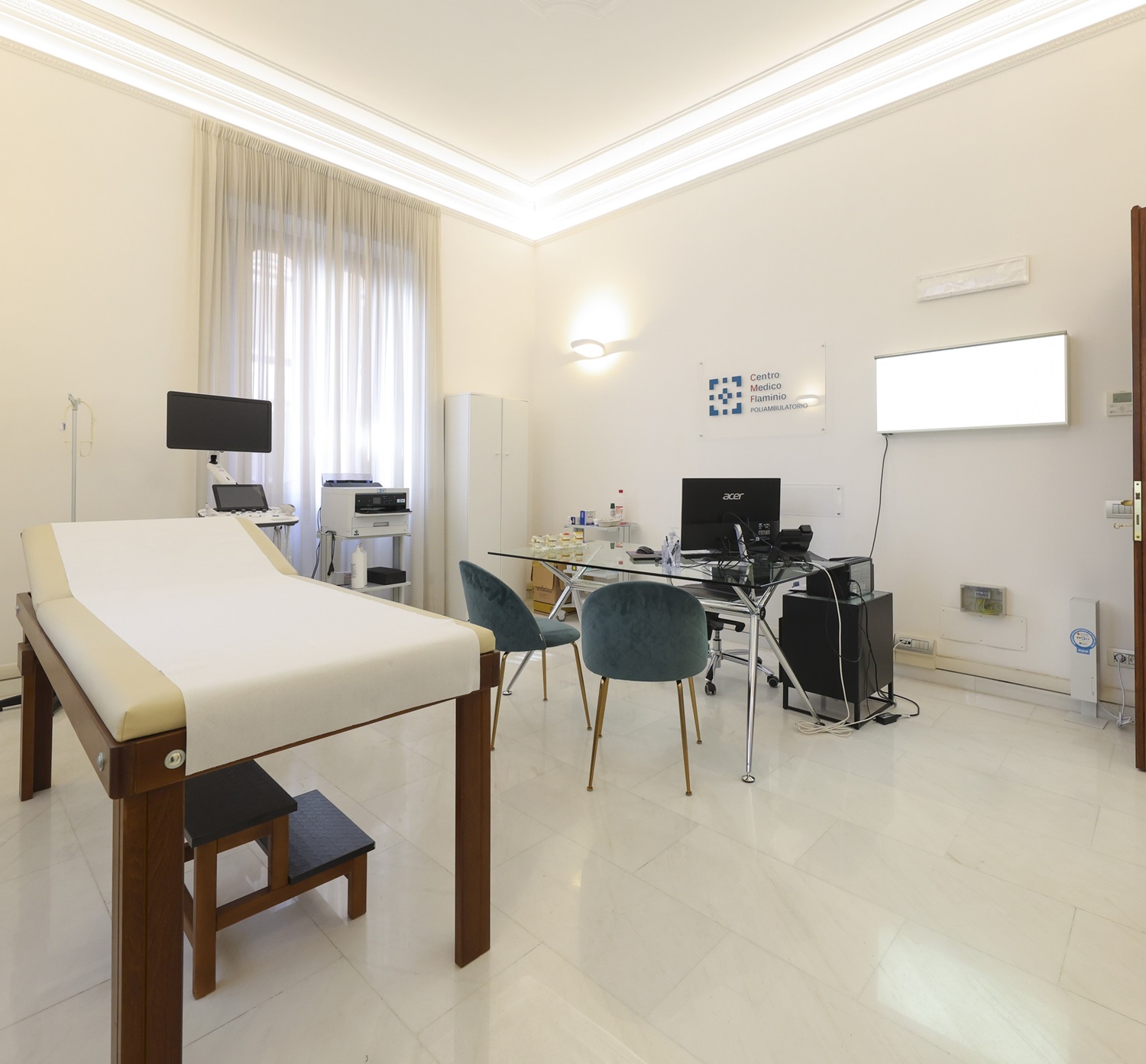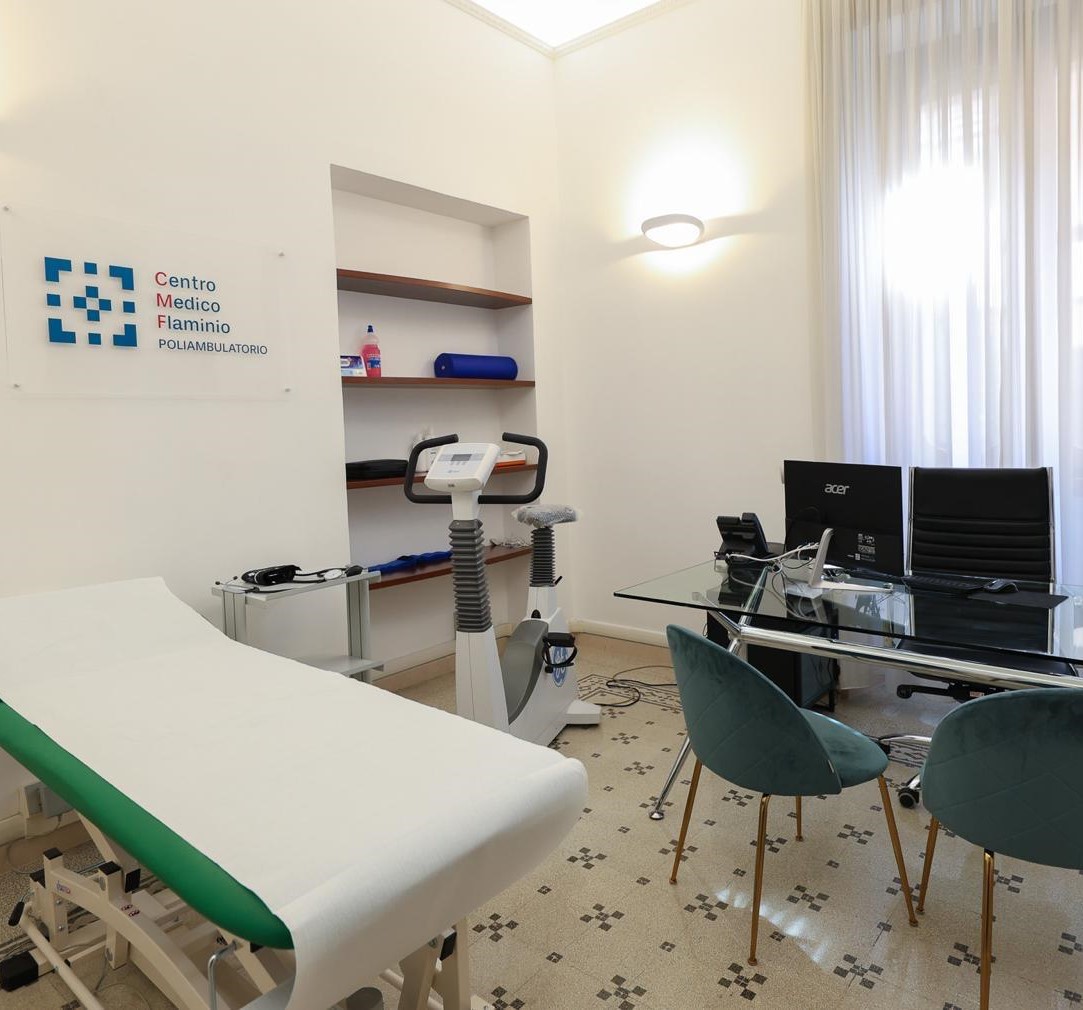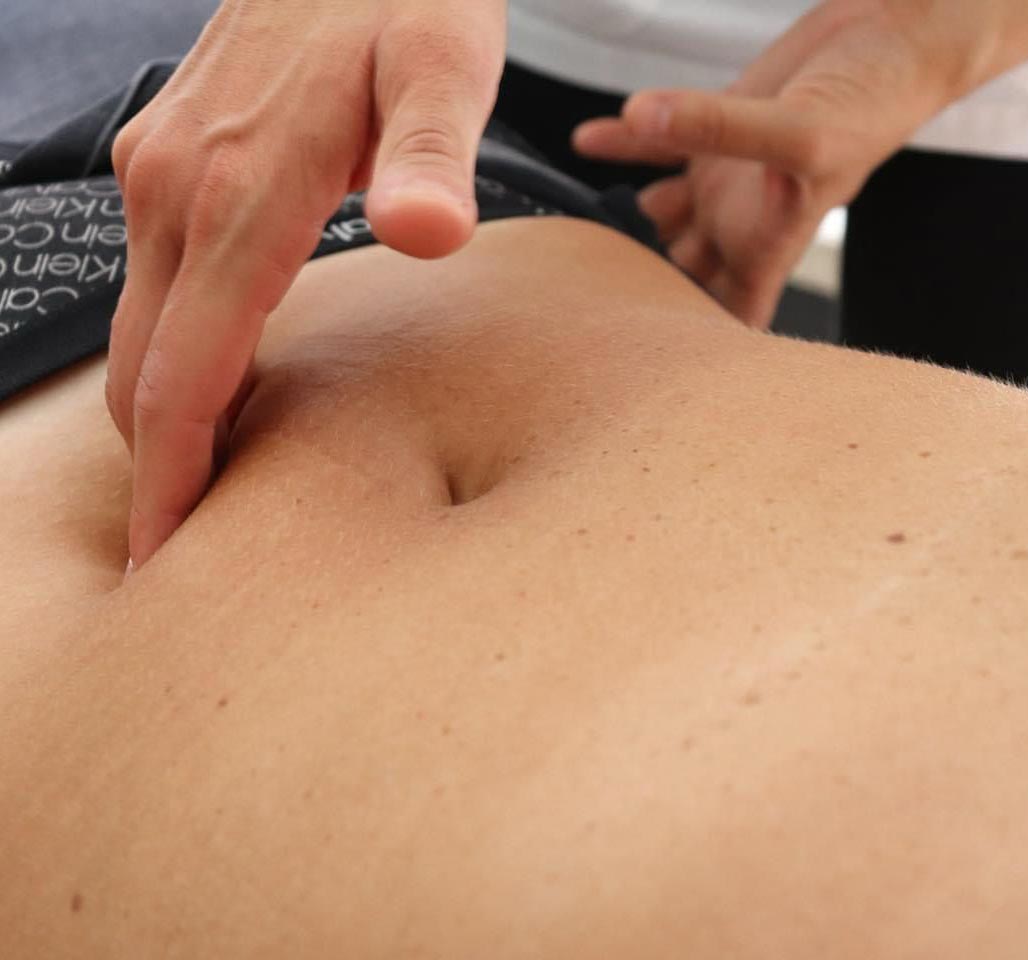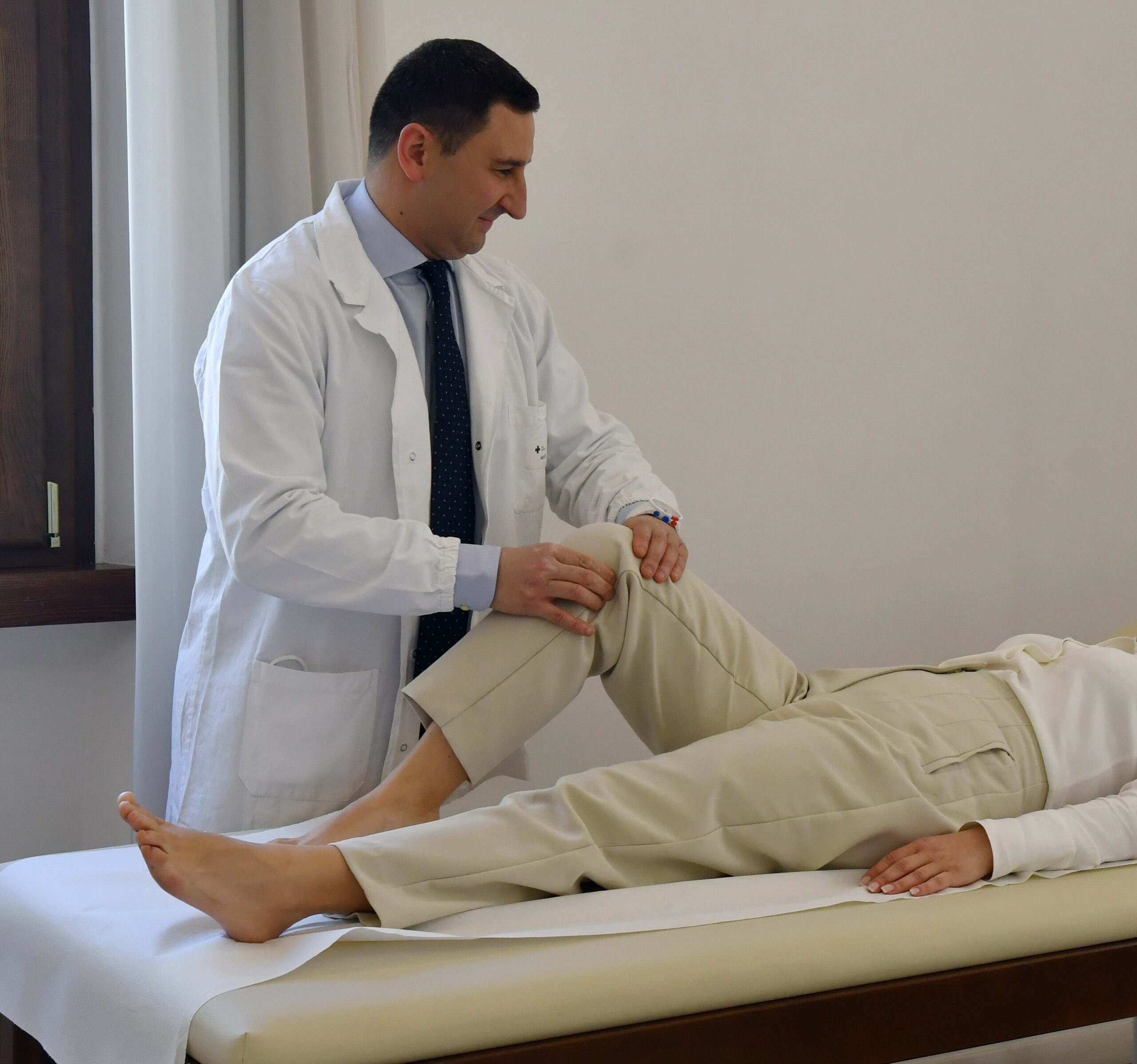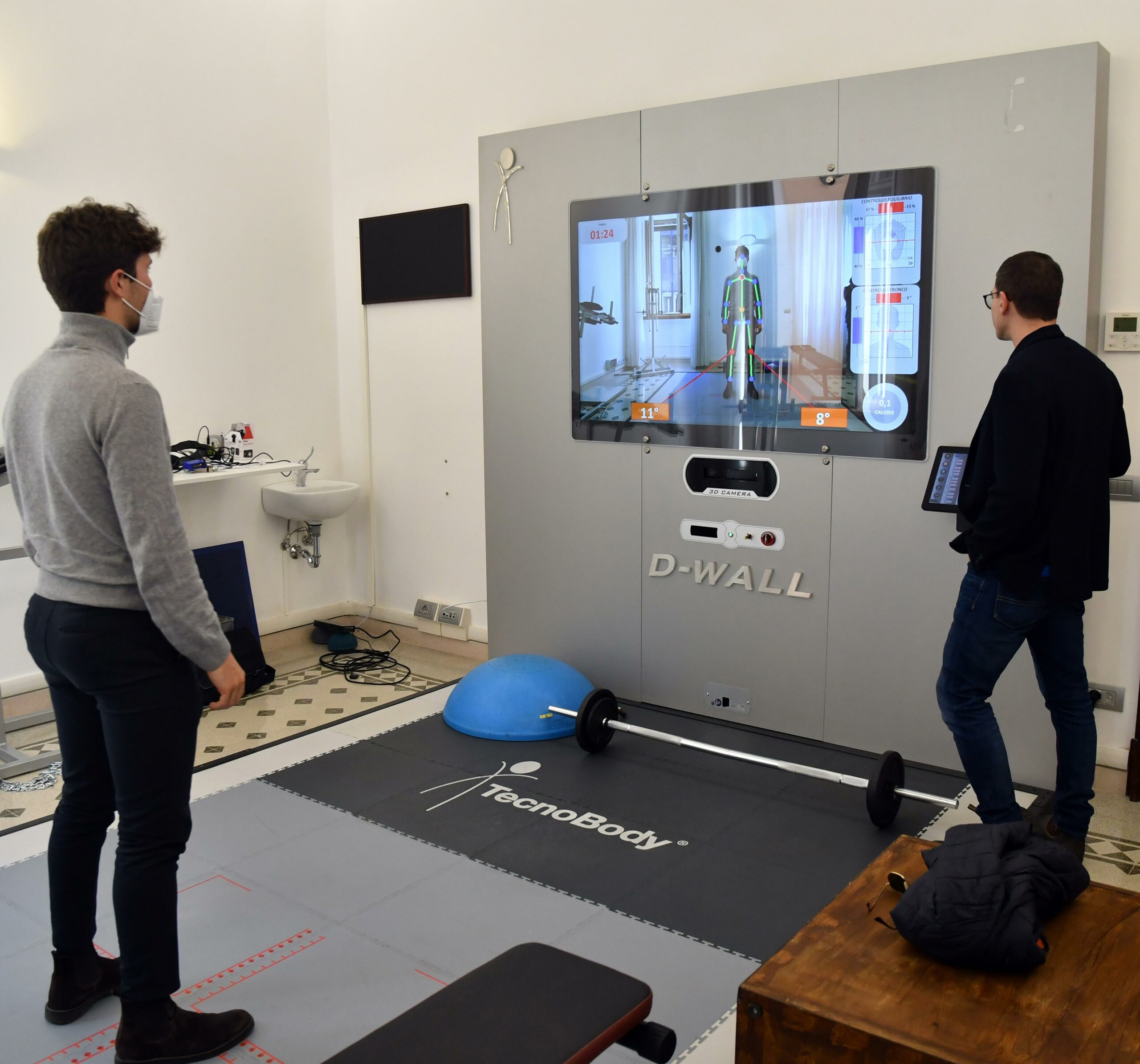Introduction
The aim of the study was to evaluate whether osteopathic treatment can be considered a valid therapy for pubalgia. For this reason, a comparison was made with a pilot study performed by Holmich et all. described in the article “Effectiveness of active physical training as treatment for long-standing adductor-related groin pain in female athletes: randomized trial”, in which the results of a classic physiotherapy treatment program (without active exercises) are compared with a active training, highlighting the greater effectiveness of the latter. Materials and methods During the initial evaluation phase, the presence of some particular morphological and functional characteristics (scars, flat foot, recurvato knee, true heterometries, etc.) was investigated in order to attempt to verify a possible correlation between the onset of pubalgia and the presence of these peculiarities. Subsequently, all the athletes were treated 6 times over approximately 2 months without being suspended from sporting activity. At each treatment, the athletes were administered the same rating scales used in the reference study: VAS at rest and during activity, presence of pain on pubic palpation, pain on resistance test and pain after sport. As a final outcome, the quality of return to sporting activity (with or without pain) and the level of performance were assessed. What is a VAS scale The VAS visually represents the extent of pain that a patient believes he feels. The amplitude is represented by a line, usually 10 cm long, where one end indicates the absence of pain, while the other represents the worst pain imaginable. The scale is filled in by the patient, who is asked to draw a mark on the line representing the level of pain experienced. The distance measured in millimetres, starting from the end that indicates the absence of pain, represents the measure of perceived suffering. Results A descriptive analysis of the data was performed from which it emerged that the average VAS values, both at rest and during sporting activity, decreases with the progress of the osteopathic sessions; thanks to the statistical association analysis, it was demonstrated that chance is an unlikely explanation for the observed association (p-value < 0.005). The treatment was excellent in 44 percent of cases (67 percent in the case of Holmich) and poor in 9 percent (18 percent for Holmich). Although the percentages of the subjective evaluation are similar in both studies (much better in approximately 75% of cases), 44 percent of the athletes treated osteopathically returned to sporting activity at the same previous level, without pain, compared to 79 percent of patients in the Holmich study. Conclusions Osteopathic treatment is a valid alternative for the treatment of chronic pubalgia as it allows good results to be obtained by treating athletes for a limited period (6 sessions in 2 months), without suspending them from sporting activity.
